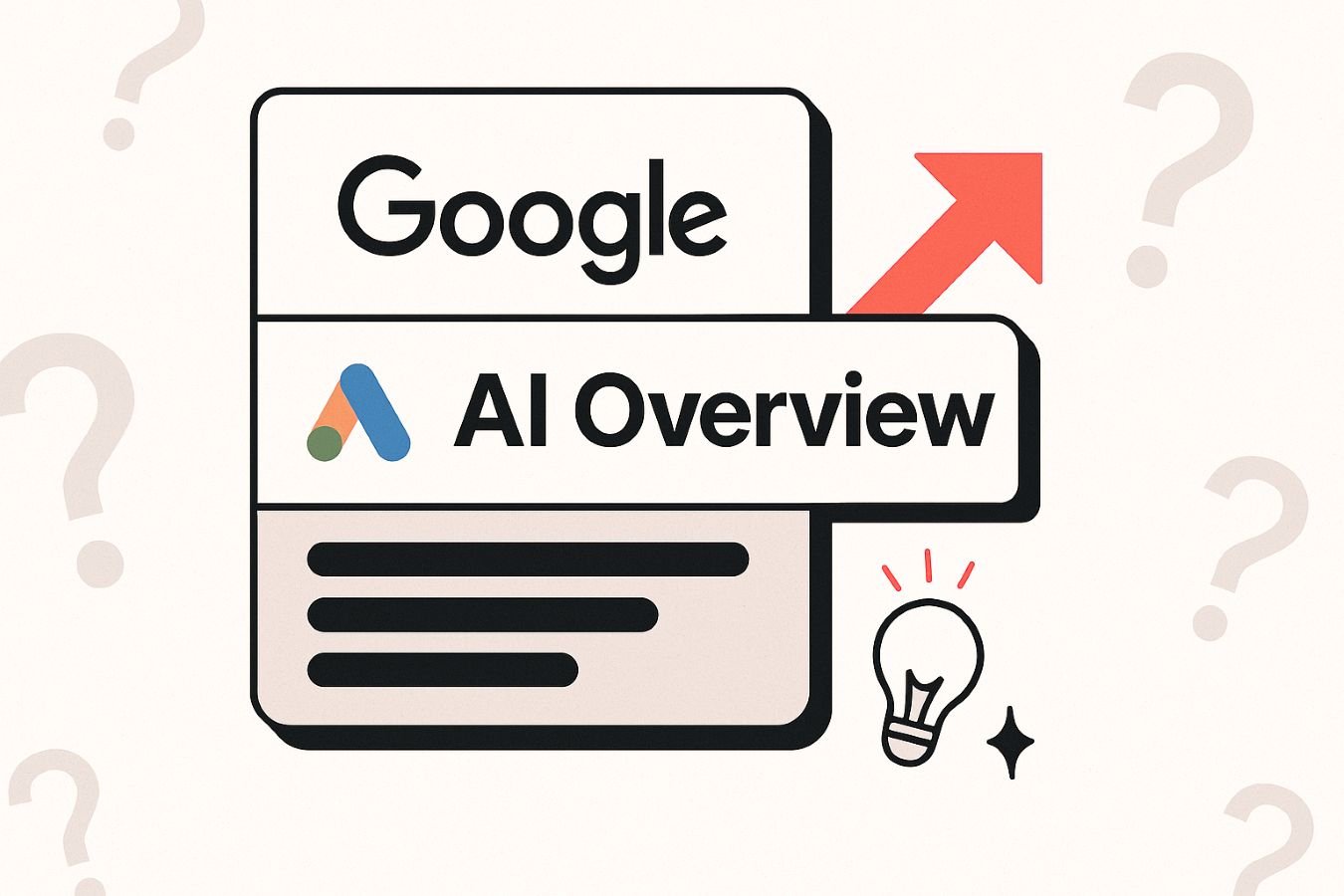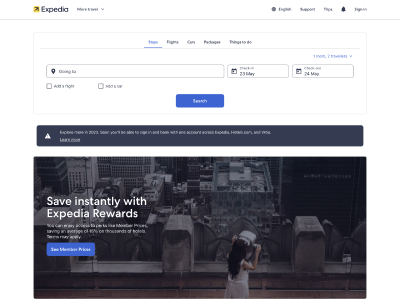If you’re struggling to track your customers, you’re not alone. There’s a perfect storm brewing in marketing that includes ad blockers, privacy regulations and consent platforms, making it harder and harder to collect user data. In fact, one of our clients saw 65% of their traffic opt out of tracking. So, let’s break down what’s really going on with your disappearing data and what you can do to future-proof your marketing, including a server-side solution.
The Perfect Storm Hitting Every Marketer
We’re dealing with five major changes happening simultaneously, and they’re all reducing the data we can collect:
- Third-party cookies are disappearing. Safari and Firefox blocked them years ago, and other browsers are following suit. These cookies powered digital marketing for two decades, and they’re not coming back. Even if the platforms themselves don’t get rid of them, their users will opt out of tracking.
- Ad blockers are everywhere. Over 30-40% users now block tracking scripts, and that number keeps growing, especially among younger demographics.
- Conversion windows are shrinking. Browsers like Safari now delete tracking first-party cookies within 24-48 hours, making it nearly impossible to track longer customer journeys. Safari also removes campaign tracking codes from your website links (utms, etc.), so you can’t tell which ads or emails actually drove traffic to your site.
- App-to-web tracking is broken. iOS 14 made it much harder to track users from mobile apps to websites, and Apple keeps making these restrictions stricter with each update. The upcoming iOS 26 will block even more tracking methods, making it nearly impossible to follow users across different platforms.
- Privacy regulations are expanding. GDPR transformed European marketing. California’s CCPA followed, and Australia’s Privacy Act is likely to implement similar strict regulations soon, and there’s no way around respecting user consent.
The result? Disappearing data. Many brands can now only track 30-40% of their website traffic directly. The rest has to be modelled, inferred, or is simply lost. But this isn’t just about reporting gaps; it’s fundamentally changing how marketing works.
What We’re Seeing Across Our Clients
The impact varies dramatically depending on geography and implementation quality. In our recent analysis of cookie consent patterns, we found dramatic regional differences: UK users opt out at 35%, German users at 45%, and more recently for one of our Australian clients, we’re seeing 65% opt-out rates as privacy awareness grows rapidly.
But the business consequences are immediate across every vertical and business size. All companies report retargeting audiences shrinking year-over-year as lookalike audience sizes decrease across every platform. Multi-touch attribution becomes increasingly fragmented as user journeys break apart. Campaign performance suffers because platforms like Meta and Google receive incomplete conversion signals, making their algorithms less effective, leading to perceived under-performance since we don’t report on every conversion. ROI appears to decrease and CPA increases as we’re only reporting on a portion of reality.
The personalisation paradox makes this even more challenging. Research shows 80% of consumers demand privacy protection, while 78% still expect personalised experiences. Brands are caught in the middle, trying to deliver relevance without the tracking infrastructure that traditionally powered it.
A Privacy-First Approach: Our Five-Point Strategy
Rather than fighting these changes or looking for workarounds, we’ve developed a comprehensive privacy-by-design strategy that puts privacy first while maximising the data you can collect and control. Here’s what future-proofed measurement looks like in a world of disappearing data:
- Server-Side Tracking – Moving data collection from browsers to your servers for better reliability and control
- Consent Management Platform – Properly implementing user consent while ensuring compliance with privacy regulations
- First-Party Data Activation – Leveraging data you own (customer information, transaction history) rather than relying on tracking
- Secondary Analytics (Matomo) – Cookieless analytics that provide full visibility while respecting user consent through anonymised data collection
- Marketing Data Warehouse MVP – Centralising all your data sources to create a complete picture of performance
Each component amplifies the others. Server-side tracking becomes more powerful with proper consent management. First-party data activation works better with reliable infrastructure. A data warehouse ties everything together into actionable insights.
Today, we’re focusing on server-side tracking because it’s often the foundation that makes the other strategies more effective.
Understanding Server-Side Tracking: Privacy and Control, Not Magic
Let’s be clear about what server-side tracking actually does, and what it doesn’t. When the industry talks about “tracking challenges,” the real issue is that users are saying no to data collection. When someone declines consent or uses an ad blocker, no tracking method (client-side or server-side) can override that choice. And that’s exactly how it should be.
Server-side tracking isn’t about bypassing user privacy decisions. It’s about respecting those decisions while better controlling the data you’re allowed to collect.
Server-side tagging improves data accuracy by collecting conversion information from your server and sending it to platforms like Google or Meta, rather than relying on the user’s browser. This makes your measurement more reliable because it bypasses browser restrictions that often cause data loss. While user consent remains essential, this method ensures that for every user who opts in, their data is captured completely and securely.
Instead of the browser sending multiple packages directly to Google, Meta, and others (a process easily blocked), it now sends just one lightweight data packet to your own server. Your server then acts as the central hub, processing and securely distributing the data to all the necessary platforms. This approach improves website speed, gives you full control over your data, and reduces the impact of browser restrictions.
Think of it as moving the conversation to a private room. Ad-blockers and browsers can interfere with the public conversations happening in the browser, but they can’t see or block the private, server-to-server communication where the actual data sharing occurs.
The real benefits
- Respecting client privacy – through better control over data handling and consent management
- Data control and quality – you decide exactly what gets sent and when, rather than relying on browser-based scripts
- Improved reliability – modest but meaningful gains for high-volume businesses
- Reduced blocking – harder for ad blockers to interfere with server-to-server communication
- Enhanced data richness – include backend information like customer lifetime value and transaction details
The honest limitations
- Consent is still required – if users say no to tracking, server-side must not override that decision
- Still relying on browsers – you still need the browser to get user consent and send initial data to your server, but server-side reduces how much third-party tracking can be blocked
- Modest impact – improvements are meaningful but not dramatic
- Significant investment – requires technical expertise, ongoing maintenance, and team development
- Better for larger businesses – the cost and complexity often outweigh benefits for smaller companies
When Server-Side Makes Strategic Sense
Server-side tracking isn’t right for everyone, and it’s certainly not a quick fix. It’s an investment in both technology and expertise that pays off for specific types of businesses.
It makes sense for:
- Larger businesses where the 5-10% improvement and enhanced control justify the significant investment
- Companies with technical teams who can handle the complexity of implementation and maintenance
- Brands that prioritise data quality and privacy compliance over quick fixes
- Businesses with substantial backend data that adds real value to campaign optimisation
It’s not suitable for:
- Smaller businesses where the massive investment (learning curve, team development, ongoing maintenance) far outweighs the improvements
- Companies focused solely on tracking improvements (privacy and control over your data should be the primary motivators)
- Brands looking for simple solutions to complex privacy challenges
- Teams without technical expertise or agency partners who specialise in this area
The Reality Check: What Server-Side Actually Solves
Here’s what happens in practice: Google Ads can tell you exactly how many clicks your campaigns generated. But when users don’t give consent or browsers block tracking, you don’t know which clicks led to conversions. Even with server-side tracking, if the client rejects consent, you still have no conversion data.
Implementation: Starting Smart, Not Starting Over
If you’re ready to move beyond hoping your current setup will somehow magically improve, here’s the practical path we recommend to disappearing data:
Start with a hybrid approach. Keep your existing client-side tracking while implementing server-side for your most critical events (e.g., purchases, form submissions, high-value actions). This gives you the reliability improvement without abandoning what’s currently working.
Focus on the platforms that matter most. Google Ads, Meta, and Microsoft Ads deliver the biggest immediate impact on campaign performance and should be your first priorities.
Set realistic expectations. Server-side tracking provides improved data reliability and better control over data quality. It’s about building more ethical, privacy-respecting measurement infrastructure. However, it’s just one piece of the puzzle. To truly move the needle, you need to treat it as part of a larger data ecosystem that includes building a data warehouse, activating your first-party data, and leveraging secondary analytics.
Plan for the complete strategy. Server-side tracking is most valuable when combined with proper consent management, first-party data activation, alternative analytics, and centralised data infrastructure.
Most importantly, work with people who understand both the technical implementation and the privacy compliance requirements. This isn’t just a technical project; it’s a strategic transformation of how you measure and optimise marketing performance.
Looking Ahead: Building for Tomorrow’s Reality
Disappearing data is not a temporary disruption; the changes we’re seeing are the new foundation of digital marketing. Privacy regulations will continue expanding. Browser restrictions will keep tightening. User privacy expectations will only grow.
But that doesn’t mean effective marketing measurement is impossible. It just looks different than it used to. The brands that thrive will be those that build measurement systems designed for privacy-first reality, not those still trying to recreate the past.
Server-side tracking is valuable because it’s part of building that future-proof foundation. GDPR changed everything in 2018, and Australia is still catching up. But when stricter privacy laws inevitably arrive, the industry will need to adapt quickly. Server-side helps you succeed in today’s reality while preparing for an even more privacy-focused future.
What’s Coming Next in This Series
In our upcoming posts around disappearing data, we’ll explore the remaining four components of future-proof measurement:
- Consent Management Platforms: How to implement user consent that drives both compliance and performance
- First-Party Data Activation: Leveraging the data you own instead of relying on tracking
- Secondary Analytics: Cookieless measurement that provides full visibility while respecting privacy
- Marketing Data Warehouse MVP: Centralising all your data sources for complete performance visibility
Because the future of marketing isn’t about finding one perfect solution – it’s about building integrated systems that give you clarity while respecting user privacy.
Ready to Future-Proof Your Measurement?
At In Marketing We Trust, we’ve guided brands through exactly this transformation. We’ve implemented server-side tracking as part of comprehensive measurement strategies for clients. We’ve helped teams understand what modern attribution looks like and built systems that work in today’s privacy-first reality.
This isn’t about quick technical fixes – it’s about strategic transformation. If you’re ready to invest in measurement systems designed for the future, not the past, we should talk.
Because ultimately, we all deserve marketing analytics that we can trust. Contact us today.
And to keep up to date with all things disappearing data and more, subscribe to our weekly Digital Digest newsletter.














